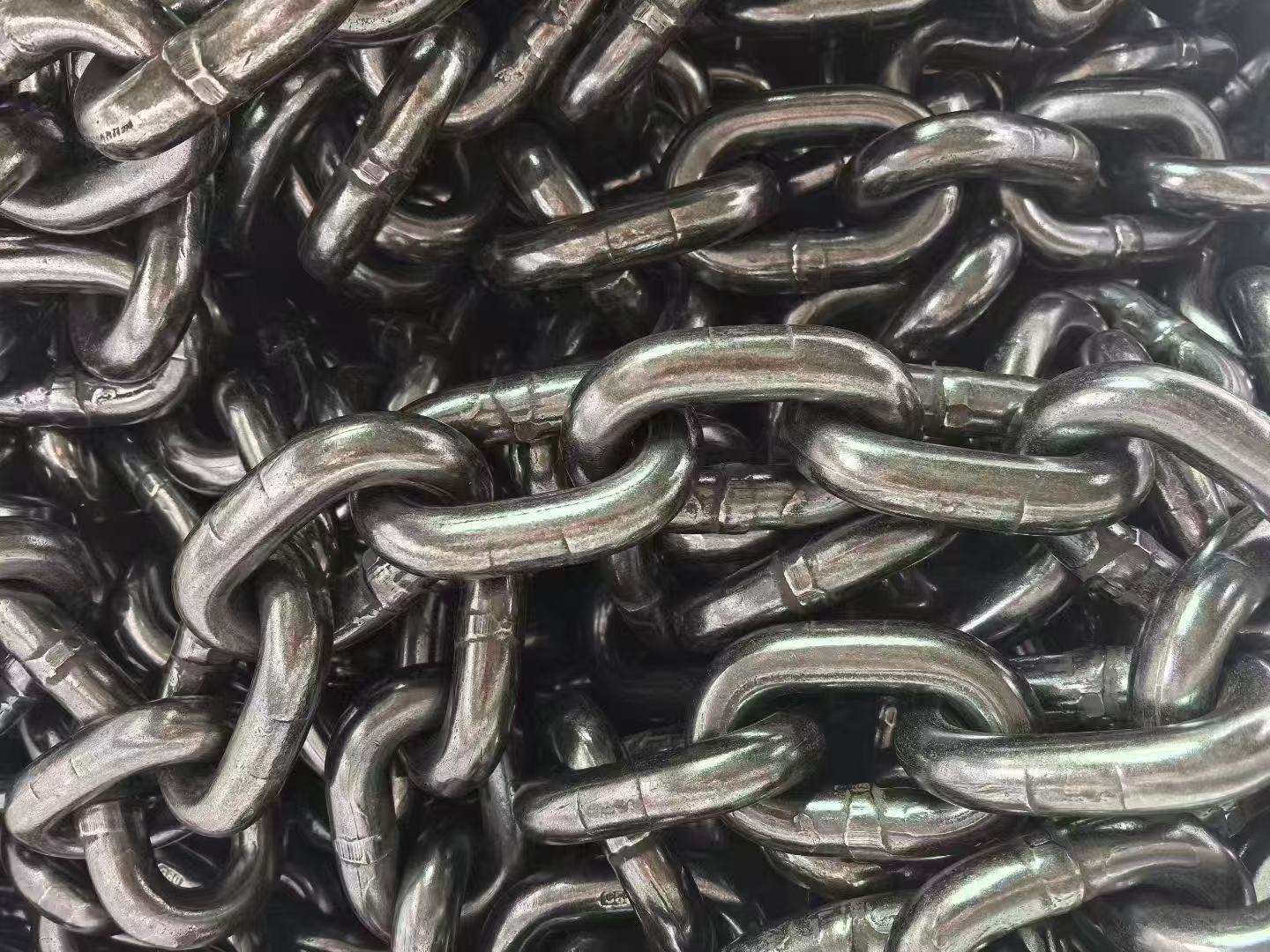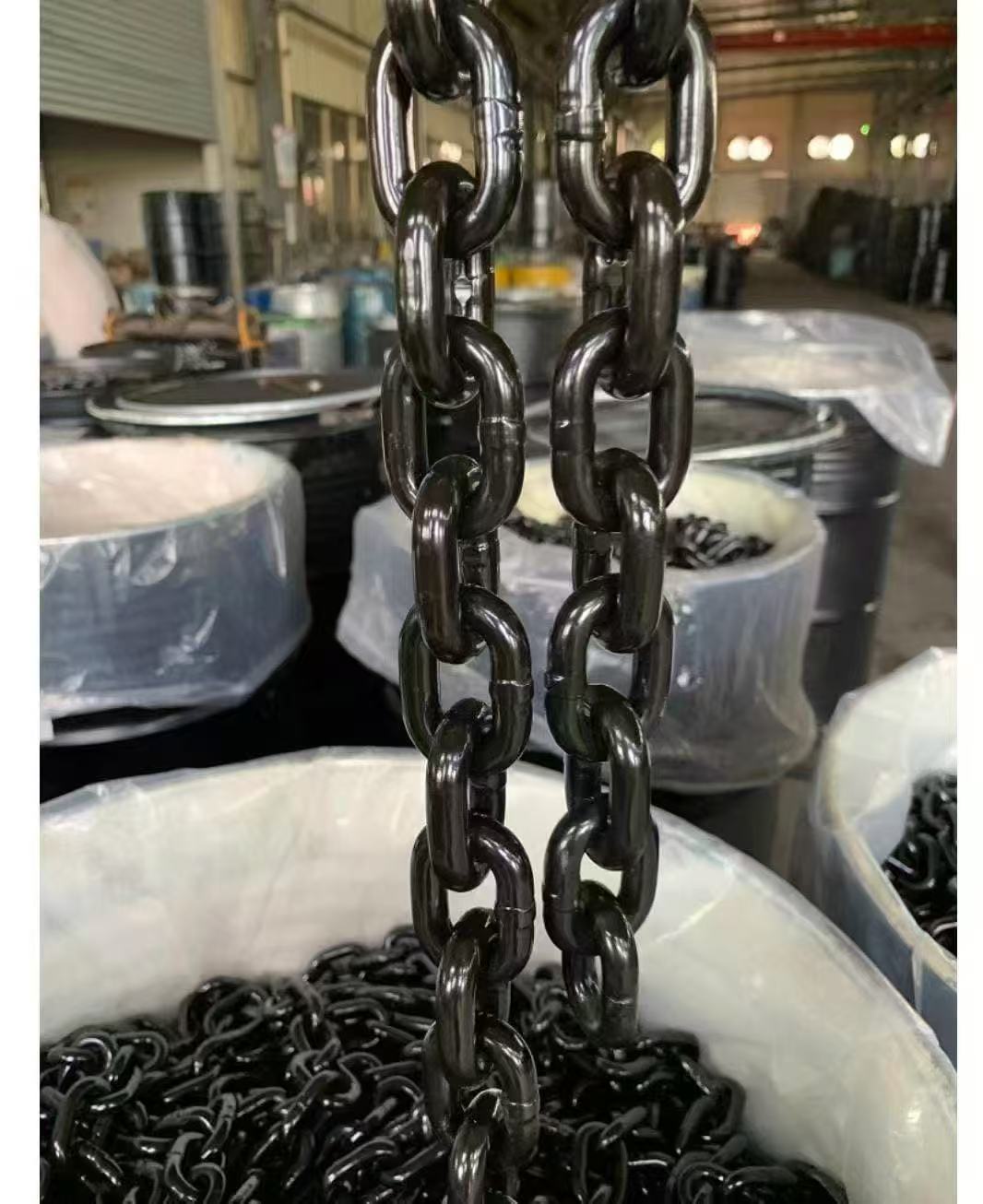Our staff will contact you within 12 hours, You can also contact us through the following ways:
Contact US WhatsApp: +86 18263873187
- Email: [email protected]
- Tel: +86 18263873187
- Web: www.lifting-chain.com
Crews trust 80 chain because alloy links handle heat, sparks, and demanding cycles, yet solid results still depend on planning and documentation. This guide explains how to build practical lifting solutions around rated lifting chains, how to check geometry and edges, and how to record inspections so audits move fast. You will define the job, apply mode factors, select the first diameter that clears the math, and confirm fit at the hook. You also align service steps with the site schedule, which cuts re-rigs and keeps lifts predictable while teams stay focused.
Grade-80 describes a quenched-and-tempered alloy lifting chain family rated for overhead use when paired with grade-matched hardware. You read Working Load Limit (WLL) directly from the tag and table, then you treat each assembly as a single system: master link, legs, shortening devices, and hooks of the same grade. You run at the planned angle band, guard edges, and keep unused legs back-hooked to stop snags.

Start with the heaviest routine load—not a one-off peak—and sketch lift points. Lock the bridle angle to vertical between 15° and 60° so legs share tension. Multiply the load by the correct factor and then pick the first chain size whose WLL beats the number; this prevents underspec selection and keeps hook throats within clearance.
Quick Mode/Angle Factors
Single-leg vertical ×1.0
Two-leg 0°–45° ×1.4 | Two-leg 45°–60° → use table (capacity drops)
Three/Four-leg 0°–45° ×2.1 | 45°–60° ×1.5–1.6
Choker ×0.8 (reduce 20%)
Use your manufacturer’s chart for orders and inspections. The table below shows typical published ranges for G80; verify exact numbers on the tag and data sheet before the lift.
Chain Ø (mm) | Typical G80 Single-Leg WLL (kg) | Mass (kg/m) | Notes |
8 | 2,000 | 1.4 | General shop picks |
10 | 3,150 | 2.2 | Common on two-leg sets |
13 | 5,300 | 3.8 | Suits 3–4 leg bridles |
16 | 8,000 | 5.7 | Heavy frames and molds |
Select the first diameter that clears the factored load, then confirm headroom and hook fit.
Check hook throat against the load point and leave about 10% clearance. Guard corners with pads or spreaders; when you cannot improve radius, apply simple reductions: R ≥ 2d → no reduction; R ≈ d → ×0.7; sharp edge → ×0.5. Operate within the published temperature band: −40 °C to +200 °C at full rating; derate 10% from 200–300 °C and 25% from 300–400 °C; remove the assembly from service outside that range. Keep chains clear of acids, alkalis, and pickling; if contamination occurs, rinse with cold water, dry thoroughly, and send the sling to a competent inspection.
Use grab/shortening hooks to equalize legs without twists or knots; this locks angles and stabilizes loads. Pick self-locking hooks where personnel work underneath; they close under tension and reduce tip-out risk. Choose foundry hooks for wide trunnions and bars. Keep every component grade-matched to the 80 chain, and confirm latch action before the trial lift.
“Best services” means repeatable steps that keep lifts consistent across shifts and sites. Align service tasks with each job phase:
Phase | Service Step | Why It Matters |
Planning | Load calc, angle target, WLL table selection | Prevents underspec rigs |
Pre-lift | Fit check, edge pads, tag recording | Catches clearance issues |
Trial lift | Slow take-up, leg balance check | Confirms geometry in real time |
Post-lift | Wipe-down, quick inspection, log update | Preserves traceability |
Periodic | Thorough exam, gauge wear/stretch | Retires gear before failure |
These steps shorten stoppages, reduce re-rigs, and create a clean audit trail that supervisors can verify quickly.

Inspect before each use and schedule thorough examinations on a defined interval. Retire gear when:
Average link diameter drops ≥ 10%.
Five-link pitch grows around 3%.
Hook throat opens > 10% over nominal.
Cracks, deep nicks, heat tint, or stiff articulation appear.
ID tags or embossing turn unreadable.
Record date, inspector, measurements, and actions; measured decisions protect uptime.
Write the heaviest routine load and sketch lift points.
Set angle band (15°–60°), then apply the mode factor.
Open the WLL chart and choose the first diameter that clears the math.
Confirm hook throat clearance and add edge pads or spreaders.
Equalize with shortening devices; back-hook idle legs.
Trial-lift a few centimeters; watch for equal tension and snags.
Complete the pick smoothly; then wipe, inspect, and log.
Follow these steps to plan, size, and document rated lifting chains within robust lifting solutions, and then contact TOPONE CHAIN for a traceable quote that matches your drawing and schedule.